Kidney Failure in Cats: Causes, Symptoms & Treatment
18.03.2022.
We’d be the happiest if we could be absolutely certain our cat would remain healthy forever. Unfortunately, cats can develop various conditions that can jeopardize their well-being and even their lives. One of those conditions is kidney failure. If you’re worried about your cat and think their kidneys might be in danger, you should know a few things about kidney failure in cats.
Why are kidneys important?
The kidneys perform numerous functions. They are primarily responsible for removing waste products from the bloodstream, regulating the levels of certain essential minerals such as potassium and sodium, conserving water, and producing urine.
What exactly is kidney failure in cats?
A variety of conditions that affect the kidneys and related organs can result in kidney failure (renal failure). If your cat has kidney failure, it means that the kidneys are no longer working correctly. Kidney failure in cats is divided into two types. Each of these types comes with its own set of causes, treatment options, and prognosis.
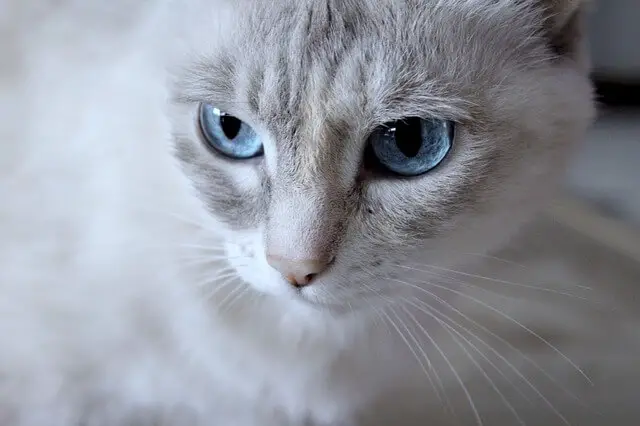
RELATED: Pancreatitis in Cats: Causes, Symptoms & Treatment
Acute Renal Failure
Acute kidney failure happens abruptly, in some cases, within a few days. It can occur in cats regardless of their age. It is usually caused by toxins, disorders, illnesses, organ failure, drugs, and other factors. If detected in time, acute renal failure can often be reversed.
Chronic Kidney Failure
Chronic kidney failure causes the kidneys to gradually stop working over longer periods; even months or years pass while they lose their ability to perform their main functions - filtering toxins from the blood. This type of kidney failure has the potential to progress to complete kidney failure.
What causes kidney failure in cats?
Thousands of microscopic tubes make up the filtering system in your cat's kidneys (nephrons). While a kidney will continue to function if some nephrons are damaged, the kidneys can fail if too many nephrons stop working too quickly for the good nephrons to compensate.
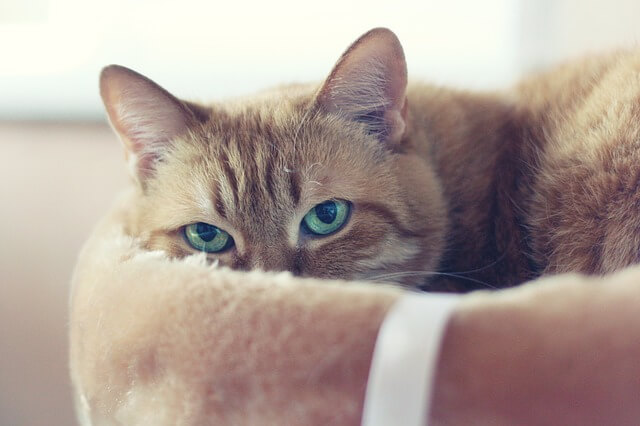
RELATED: Hyperthyroidism in Cats: Causes, Symptoms & Treatment
The most apparent symptom of kidney failure is that they stop filtering dangerous toxins from the blood. Though cats' kidneys may begin to fail as they age, they are not the only ones at risk. The following are some of the most common causes of both acute and chronic kidney failure in cats:
Acute kidney failure causes
- Toxins or other harmful substances (toxic plants, antifreeze, rat poison, human medications)
- Dehydration
- Blockages
- Medication ( chemotherapy drugs or antibiotics)
- Bacterial contamination (the bacteria infects the urinary tract and migrates to the kidneys)
- Cancer and other diseases
- Clotting issues
- Hypotension (low blood pressure)
- Heart failure
- Trauma to the area
- Shock (from losing a large amount of blood quickly, and more)
Chronic kidney failure causes
- Genetics
- Blockages
- Autoimmune diseases (conditions where the immune system turns on the organs of the cat’s body)
- Cysts (which grow in large numbers and destroy kidney tissue)
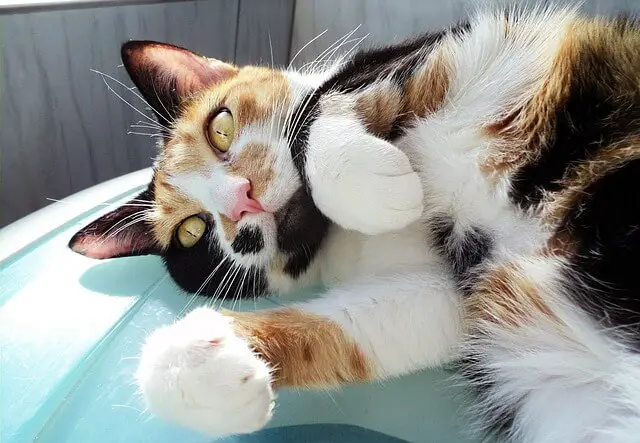
What are the symptoms of kidney failure?
Early symptoms of disease, such as weight loss and poor coat quality, are frequently misdiagnosed as regular aging changes. The kidneys cope with their inability to efficiently remove waste products in the early stages of kidney failure by excreting them at a lower concentration over a larger volume (in other words, by producing a larger amount of more dilute urine).
Cats will frequently drink more in order to compensate for the increased rate of body water loss. This natural reaction is called compensated renal failure. After about two-thirds of the kidney tissues fail, there is a rapid increase in waste products in the bloodstream and an apparent sudden onset of severe disease. The following are some general symptoms of kidney failure in cats:
- Weakness
- Loss of weight
- Appetite loss
- Depression
- Breath problems
- Diarrhea (may contain blood)
- Vomiting (may contain blood)
- Dehydration
- Extreme thirst
In addition, signs of acute kidney failure include an arched back or stiff-legged gait (which indicates that your cat's kidneys are causing pain) and either frequent or no urination. You may not notice chronic kidney failure because it develops gradually over time. By the time you notice symptoms, the disease may have progressed. However, with proper treatment, some cats who have suffered from chronic kidney failure can live for many years.
RELATED: How Heavy Should My Cat Be? What’s a Healthy Cat Weight?
How do vets diagnose it?
Kidney failure in cats is typically diagnosed by measuring the levels of two biochemical byproducts in the bloodstream, blood urea nitrogen (BUN) and creatinine, as well as the specific gravity of the urine (USpG). Another sign of CRF (chronic renal failure) is microalbuminuria (the presence of small protein molecules in the urine). Tests to determine the levels of other substances in the blood, such as proteins, potassium, phosphorus, and calcium, as well as red and white blood cell counts, are critical in determining the extent of kidney failure and the best course of treatment.
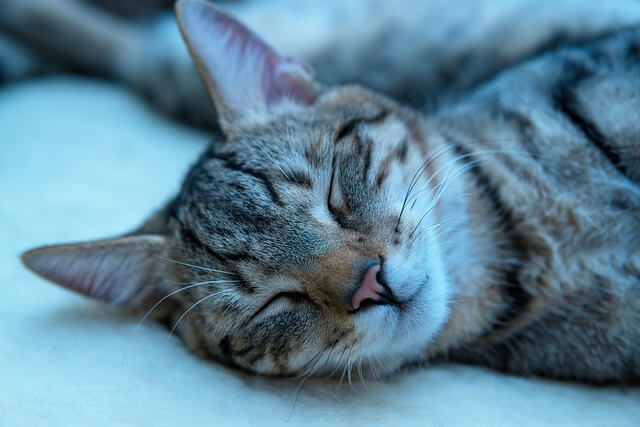
Until recently, detecting chronic renal failure early was extremely difficult. Until significant loss of kidney function occurs, neither clinical signs of renal failure nor increases in BUN and creatinine are visible.
A newly developed blood test to assess levels of SDMA (a naturally occurring biological indicator of kidney function) has been used to determine whether or not early renal failure is occurring. SDMA concentrations rise above the average reference interval long before serum creatinine rises. This will allow your veterinarian to treat your cat at a much earlier stage of the disease.
RELATED: Cat Diarrhea: How Dangerous Is It?
How is kidney failure in cats treated?
The treatment of kidney failure is determined by the results of blood tests. Specific treatments are designed to correct specific abnormalities. The majority of cats can be effectively managed with dietary changes, supplementation, and one or two additional treatments. Your veterinarian will collaborate with you to determine the best course of action for your cat. Here are some of the most common treatments that veterinarians recommend:
- Special diets - feeding low protein and low phosphorus diets can help reduce waste products in the bloodstream. These can be made at home or purchased from your veterinarian's office.
- Phosphate binders - despite low phosphate levels in the diet, blood phosphorus levels in some cats remain above normal. Reducing blood phosphorus levels can significantly improve your cat's health and slow the disease’s progression. Aluminum hydroxide, for example, is an oral phosphate binder that helps reduce the amount of phosphorus absorbed through the gut wall.
- Antibiotics - although the reason for this is not always clear, many cats appear to respond well to antibiotics. Cats with CRF are more likely to develop bladder infections, and routine urine cultures are recommended for many patients.
- Potassium supplementation - This might be necessary because cats with renal failure lose an excessive amount of potassium in their urine. As a result, muscle weakness, stiffness, and poor hair quality occur. Low potassium levels may also play a role in the progression of kidney failure.
- Vitamins B and C - too many vitamins are lost when the failing kidneys cannot concentrate urine, and affected cats require daily supplementation.
- Anti-emetics - for cats who are vomiting, anti-emetics (anti-vomiting medications) reduce nausea, thereby improving appetite.
- Blood-pressure medications - a significant number of cats with kidney failure have high blood pressure, which can lead to further kidney damage. Lowering their blood pressure may be necessary in some cases.
- Anemia treatment - the kidneys start the production of red blood cells in the bone marrow. Many cats with CRF are anemic due to a lack of bone marrow stimulation. Newer drugs to stimulate bone marrow production have been developed and may be prescribed for your cat.
RELATED: How Often Should I Take My Cat to the Vet?
What is the prognosis?
Unfortunately, once the kidneys have been damaged, they have a very limited ability to heal. Most kidney failure cases, however, progress very slowly with proper management. Your cat may have several years of good quality, active life ahead of them if they receive treatment.
World Cat Finder Team

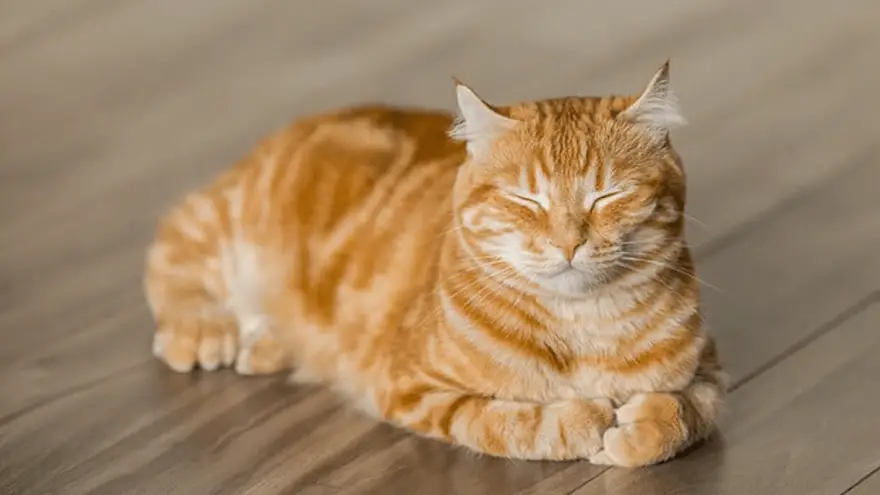

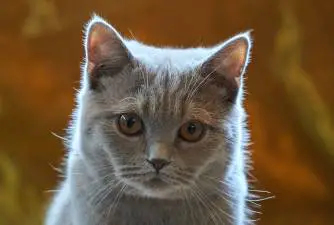



Share